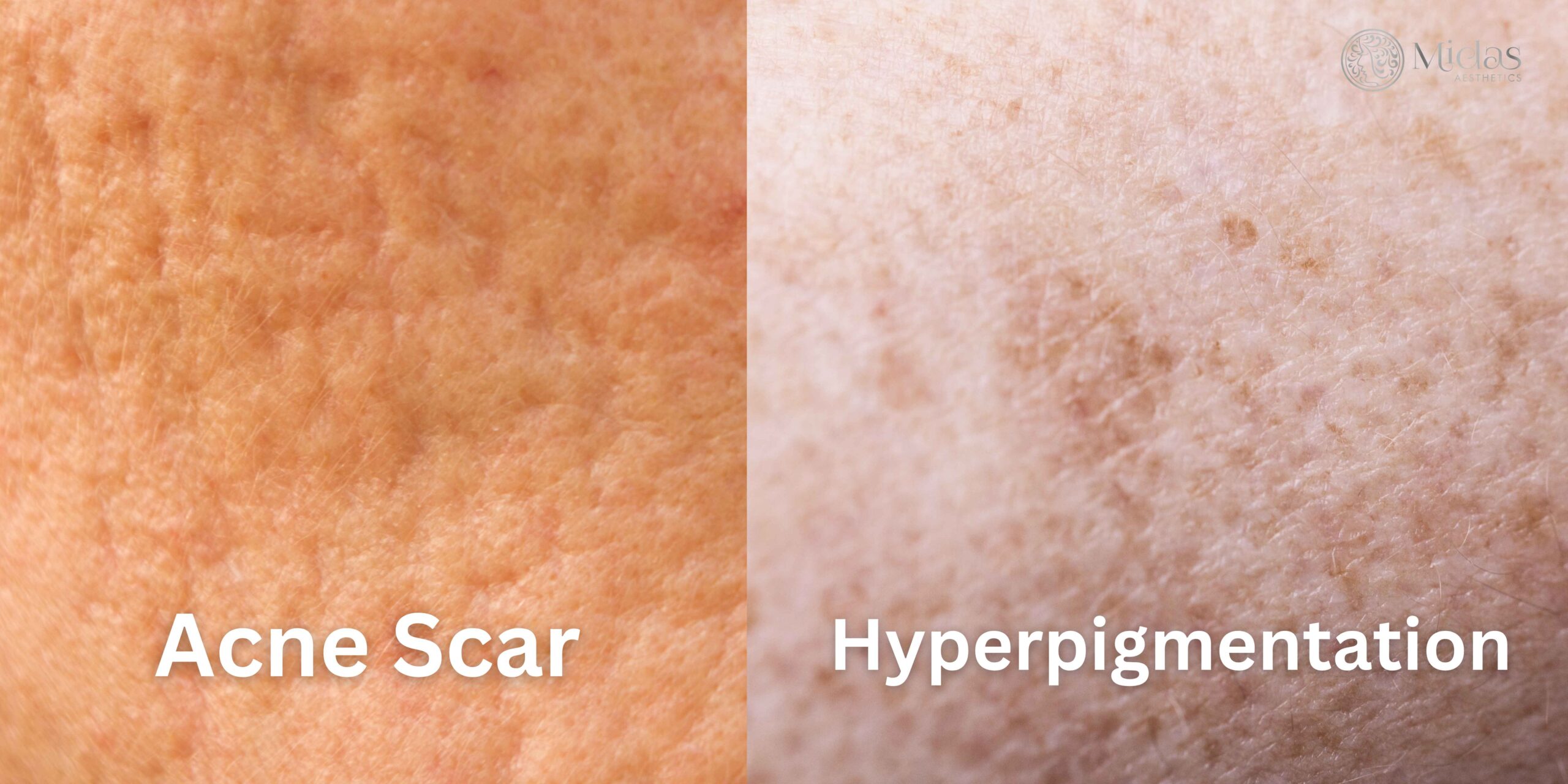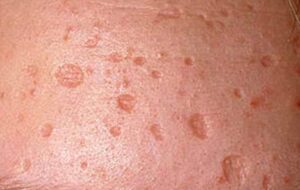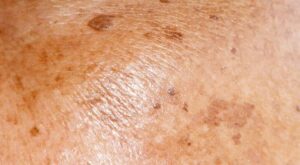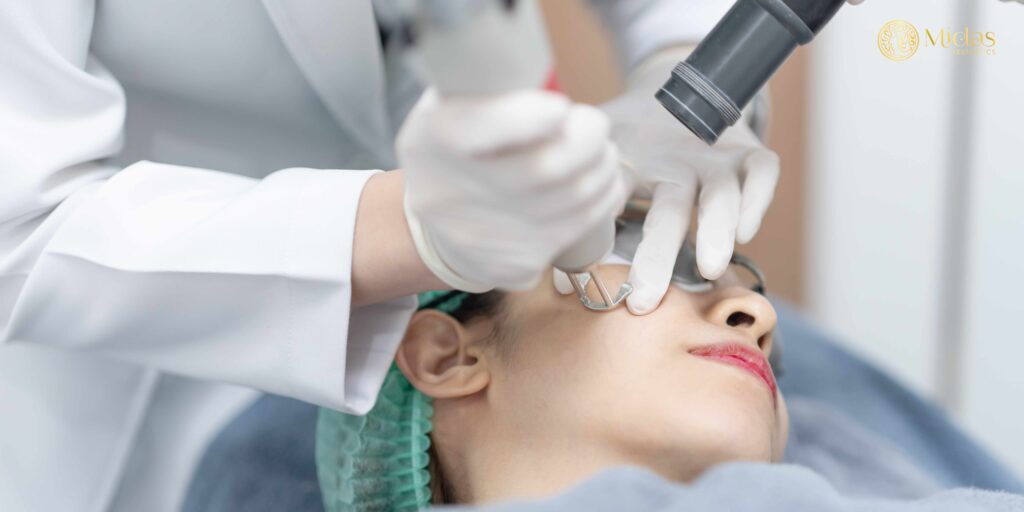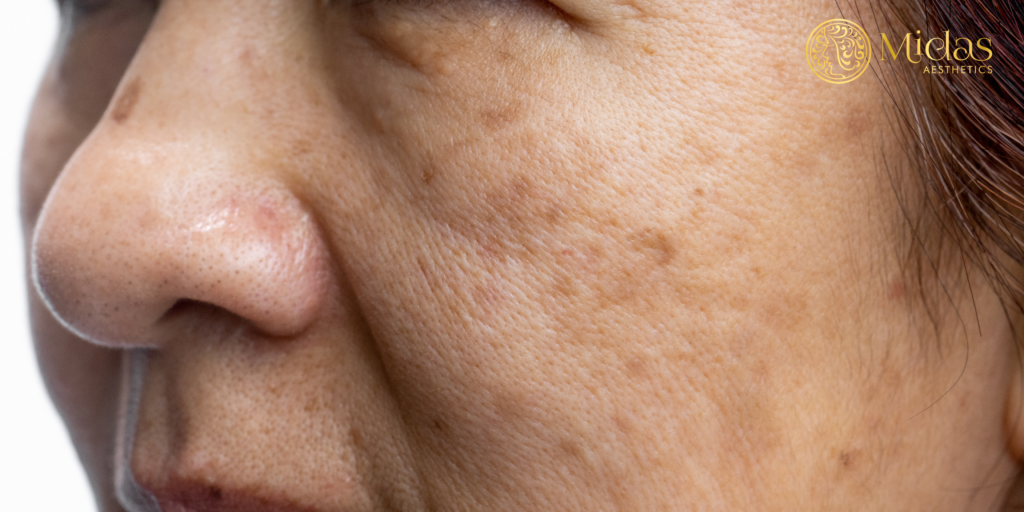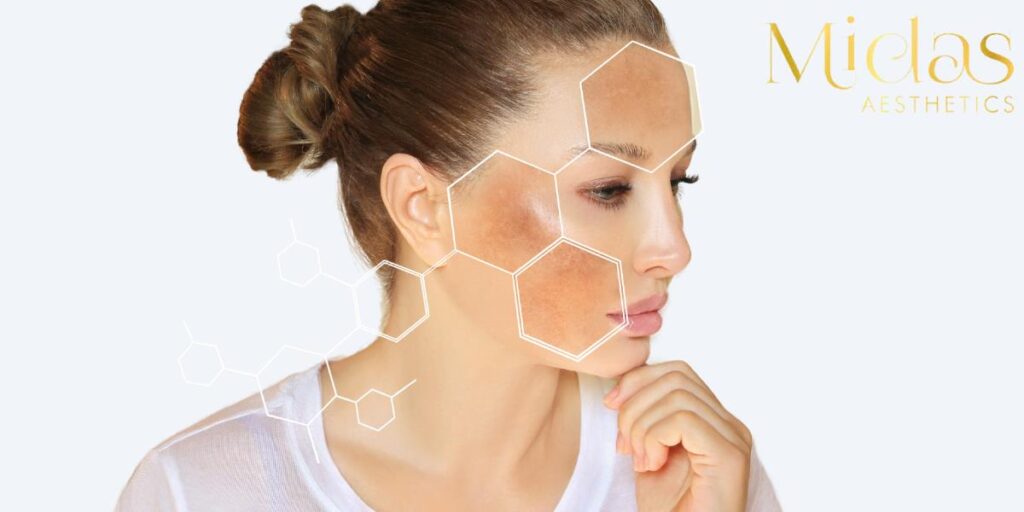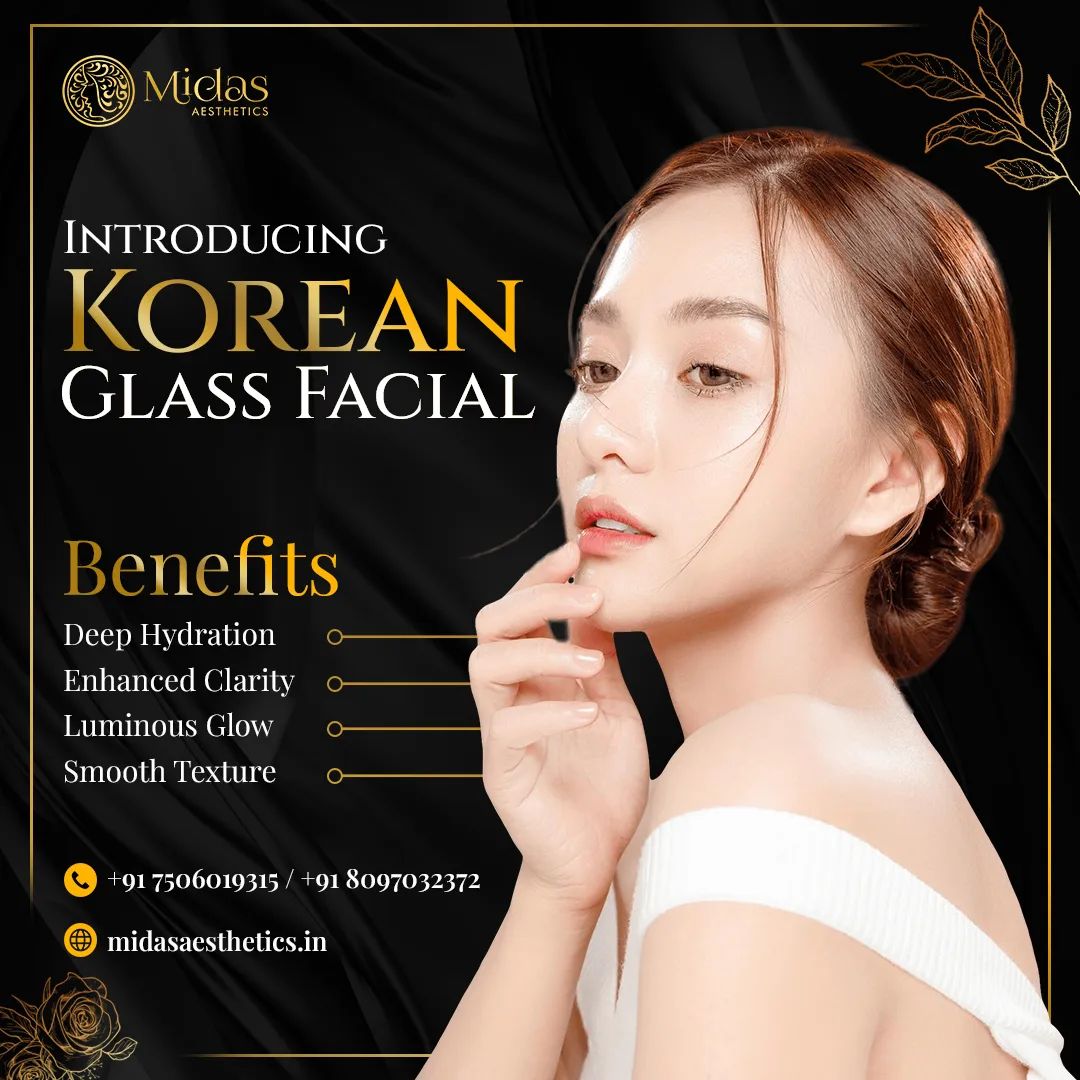Navigating the intricacies of skincare can be confusing, especially when it comes to addressing post-acne marks like acne scars and hyperpigmentation. These blemishes not only affect our skin’s appearance but also impact our confidence and self-esteem. However, before diving into treatment options, it’s crucial to understand the fundamental differences between acne scars and hyperpigmentation.
While both acne scars and hyperpigmentation can occur after acne breakouts, their underlying mechanisms and appearances vary significantly. Understanding these nuances is essential for devising an effective skincare regimen tailored to your specific needs. So, let’s start by decoding more in detail.
What are Acne Scars?
Acne scars are often the result of inflammatory acne, such as cysts or nodules, which penetrate deep into the skin’s layers. These scars can manifest as indentations or raised bumps and are classified into different types, including ice pick scars, boxcar scars, and rolling scars.
Ice Pick Scars: These are narrow, deep pits that extend into the skin like small holes. They are named for their appearance, resembling small puncture marks made by an ice pick.
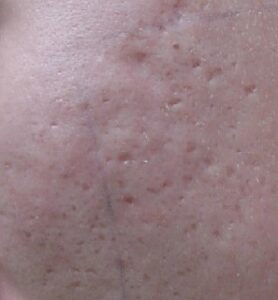
Rolling Scars: Rolling scars create a wave-like or undulating texture on the skin’s surface. They are caused by fibrous bands of tissue that tether the skin’s layers together, leading to a rolling or wavy appearance.
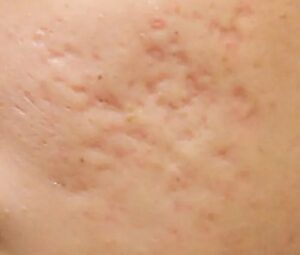
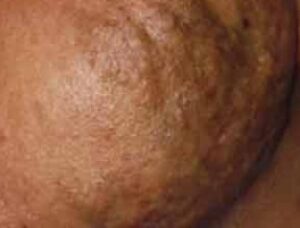
What is Hyperpigmentation?
Hyperpigmentation refers to an overproduction or accumulation of melanin, the pigment responsible for giving skin its colour. It can manifest as dark spots, patches, or areas of uneven skin tone, often appearing darker than the surrounding skin. Hyperpigmentation can occur in various forms and can be caused by several factors:
Post-Inflammatory Hyperpigmentation (PIH): This type of hyperpigmentation occurs as a result of inflammation or injury to the skin. Common triggers include acne breakouts, eczema, psoriasis, insect bites, or cuts and bruises. PIH appears as dark spots or patches that develop in areas where the skin has healed from a previous injury or irritation.

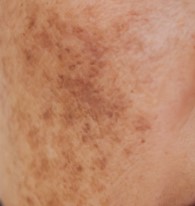
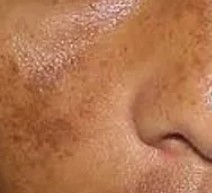
Treating hyperpigmentation typically involves targeting melanin production and promoting skin cell turnover to fade dark spots and even out skin tone. Treatment options may include topical creams or serums containing ingredients like hydroquinone, retinoids, vitamin C, niacinamide, alpha hydroxy acids (AHAs), or botanical extracts.
In-office procedures such as chemical peels, microdermabrasion, laser therapy, or intense pulsed light (IPL) treatments can also be recommended for more stubborn or widespread hyperpigmentation. It’s important to consult with a skin expert or skincare professional to determine the most effective and safe approach for your specific hyperpigmentation concerns.
Differences Between Acne Scars And Hyperpigmentation
Acne scars and hyperpigmentation are distinct skin issues with different underlying causes and visual characteristics.
Acne scars are caused by damage to the deeper layers of the skin during the healing process of severe acne lesions. When acne breakouts, such as cysts or nodules, penetrate deep into the skin, they can injure the surrounding tissue. The body then tries to repair this damage by producing collagen, a protein that helps heal wounds.
However, this repair process can sometimes be uneven, leading to the formation of scars. Factors that increase the risk of developing acne scars include picking or popping pimples, having a family history of acne scarring, delayed or improper treatment of acne, and the presence of inflammatory acne types.
On the other hand, hyperpigmentation is caused by an overproduction or accumulation of melanin, the pigment responsible for skin colour. Hyperpigmentation can be triggered by various factors. Prolonged sun exposure prompts melanocytes to produce more pigment, causing sunspots or freckles. Inflammatory conditions like acne or eczema lead to post-inflammatory hyperpigmentation, where excess melanin results in dark spots during healing.
Hormonal changes, such as those during pregnancy or due to contraceptives, stimulate melanin production, causing dark patches. Additionally, aging, genetics, and environmental factors contribute to age spots or liver spots, forming different types of hyperpigmentation.
Can You Prevent Acne Scars?
While it’s not always possible to prevent acne scars entirely, there are steps you can take to minimise their occurrence and severity:
- Early and effective treatment of acne lesions can reduce the risk of scarring.
- Avoid picking, squeezing, or manipulating acne-prone areas to prevent further skin damage.
- Use a gentle skincare routine with non-comedogenic products to avoid exacerbating acne and potential scarring.
- Protect your skin from UV damage by wearing sunscreen daily with SPF 30 or higher.
- Consider professional treatments like chemical peels, microdermabrasion, laser therapy, or microneedling under dermatological guidance to improve skin texture and minimise scarring.
Can You Prevent Hyperpigmentation?
While it may not be possible to completely prevent hyperpigmentation, especially in some cases such as hormonal changes during pregnancy, there are measures you can take to minimise its occurrence and reduce its severity:
- Use sunscreen daily with SPF 30 or higher to protect against UV radiation and minimise hyperpigmentation.
- Avoid triggers like harsh skincare products, medications, and pollutants that can worsen hyperpigmentation.
- Opt for gentle skincare products and avoid harsh chemicals or abrasive scrubs to prevent skin irritation and melanin production.
- Incorporate topical treatments like hydroquinone, retinoids, vitamin C, niacinamide, or AHAs to fade dark spots and even out skin tone.
- Consider professional treatments such as chemical peels, microdermabrasion, laser therapy, or IPL treatments for stubborn hyperpigmentation under dermatological guidance.
- Maintain a healthy lifestyle with a balanced diet, hydration, exercise, and sleep to support overall skin health and reduce the impact of external factors on hyperpigmentation.
Bottom Line
Dark spots and acne scars may both stem from acne, but they are distinct skin issues. Dark spots, or hyperpigmentation, are caused by excess melanin production, while acne scars result from tissue damage during severe breakouts.
At Midas Wellness Hub in Borivali, Mumbai, we offer a superior treatment for treating acne scars and hyperpigmentation. Here’s what sets us apart:
- Experienced Professionals: Our team comprises qualified skin experts with extensive experience in using lasers to achieve optimal results.
- Personalized Treatment Plans: We understand that every patient’s needs are unique. We will conduct a thorough consultation to design a customized treatment plan tailored to your specific concerns and desired outcomes.
- Advanced Technology: We utilize state-of-the-art machinery to ensure safe, effective, and comfortable treatments.
- Focus on Patient Care: We prioritize your comfort and satisfaction throughout the treatment process. Our team is dedicated to providing exceptional care and guidance.
- Competitive Pricing: We offer competitive pricing for acne scar and hyperpigmentation treatments, ensuring you receive the best value for your investment in your skin’s health and appearance.
From advanced laser therapies targeting hyperpigmentation to specialised procedures for reducing acne scars, seeking expert advice and tailored treatments can significantly improve skin appearance and confidence.

